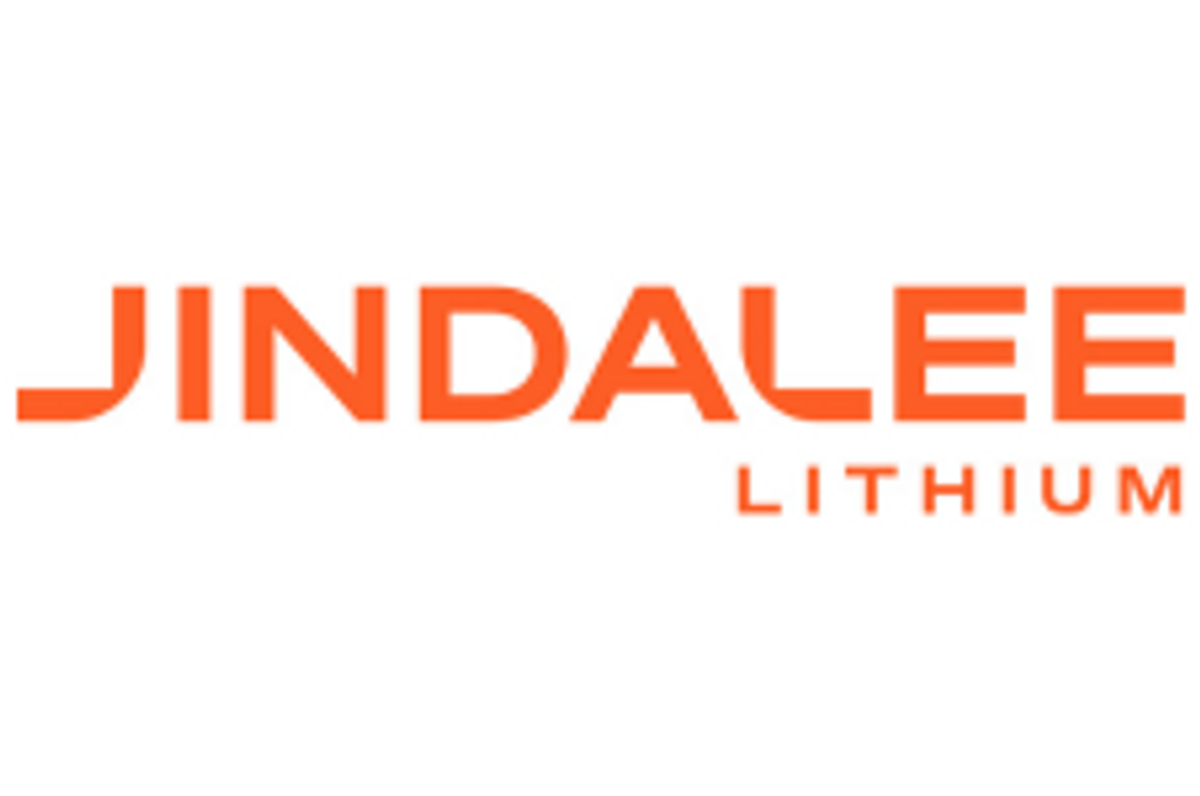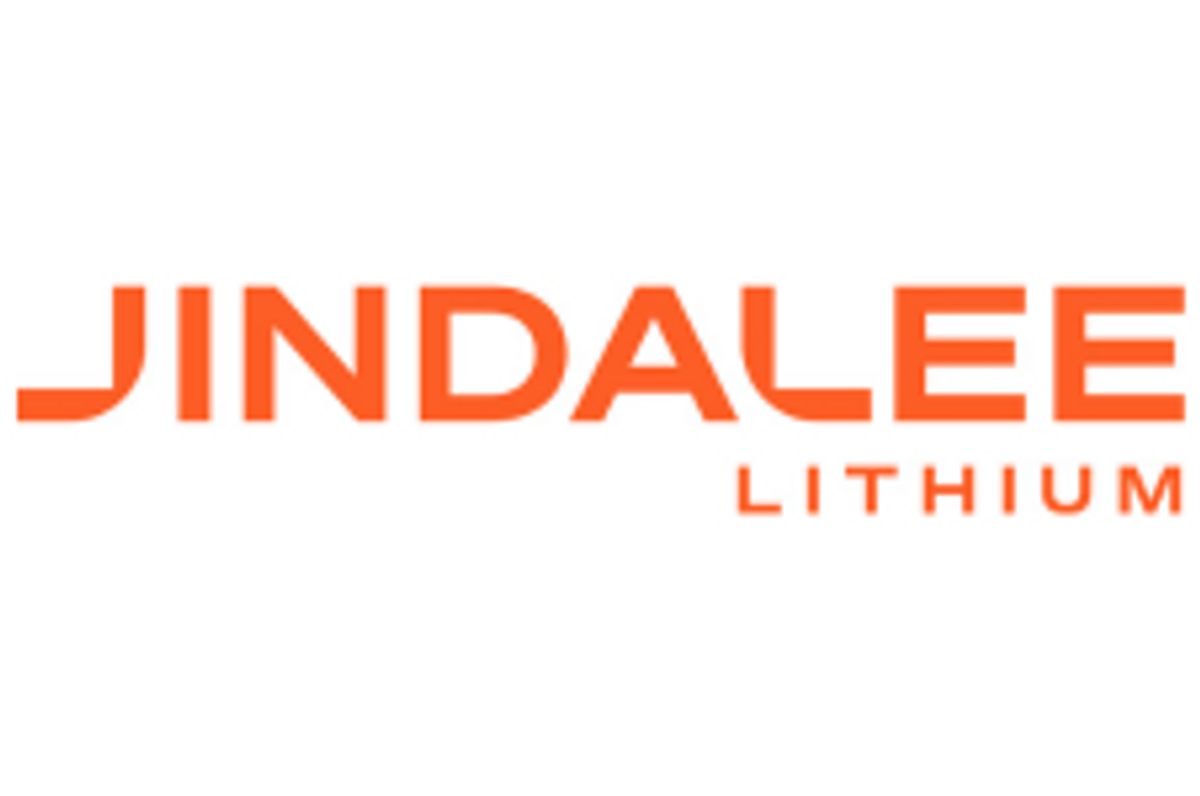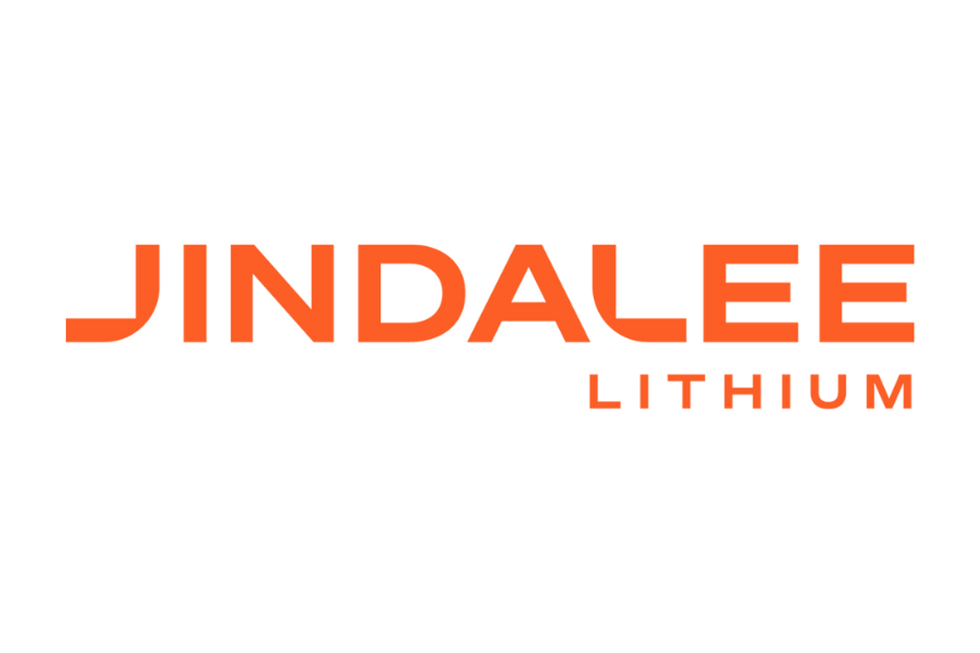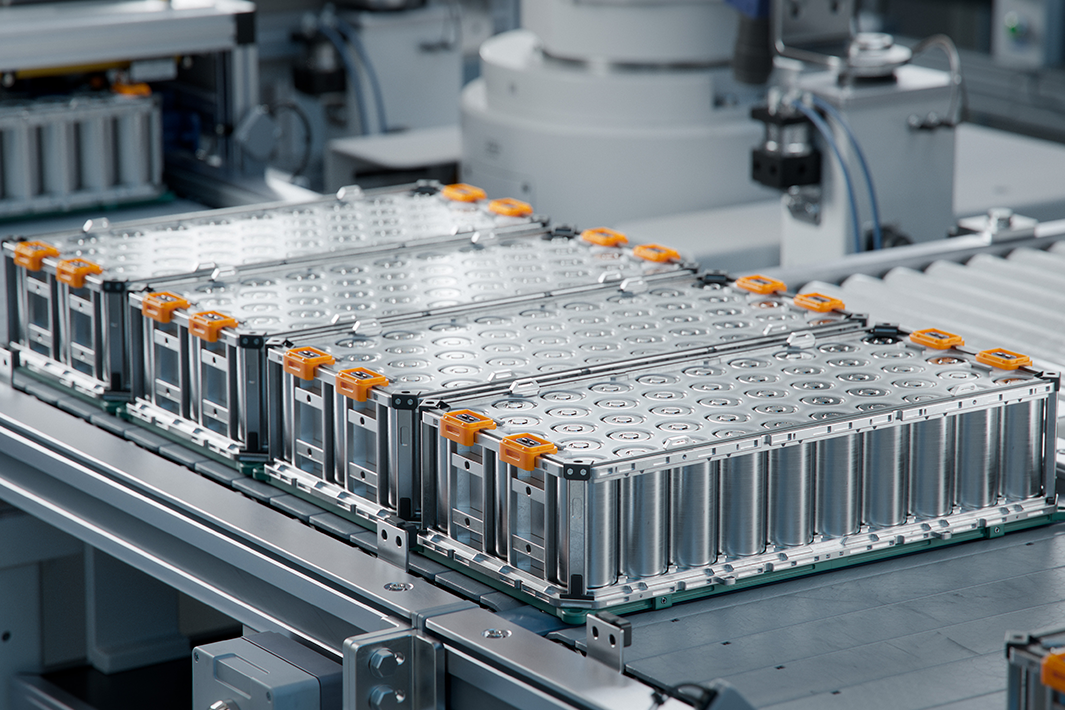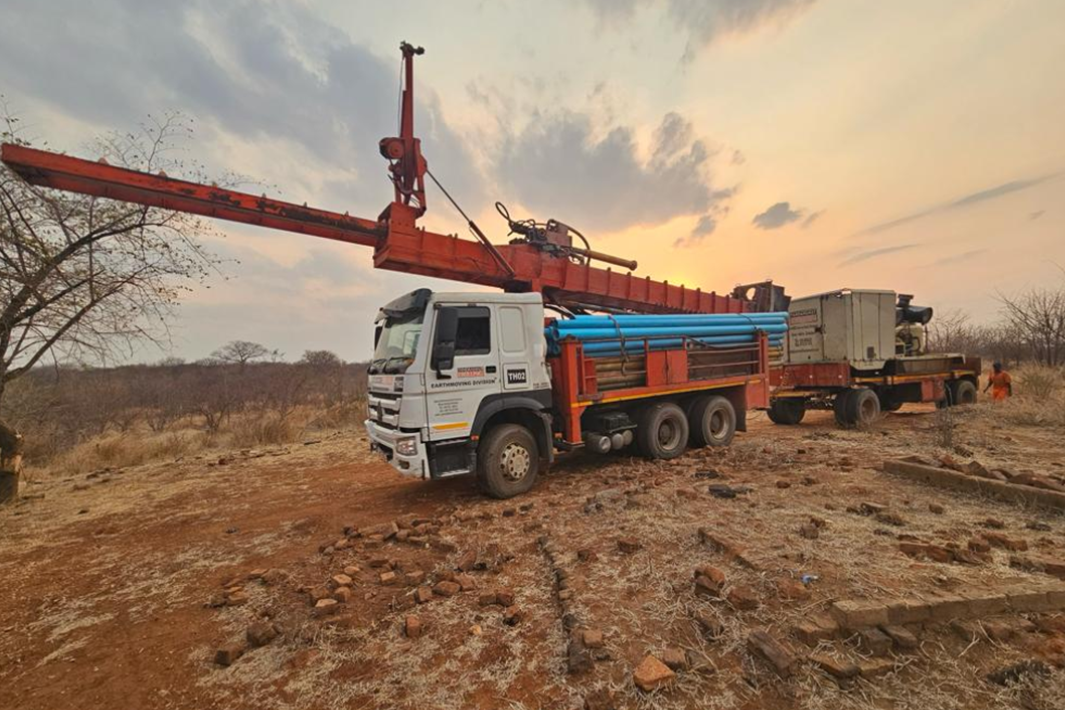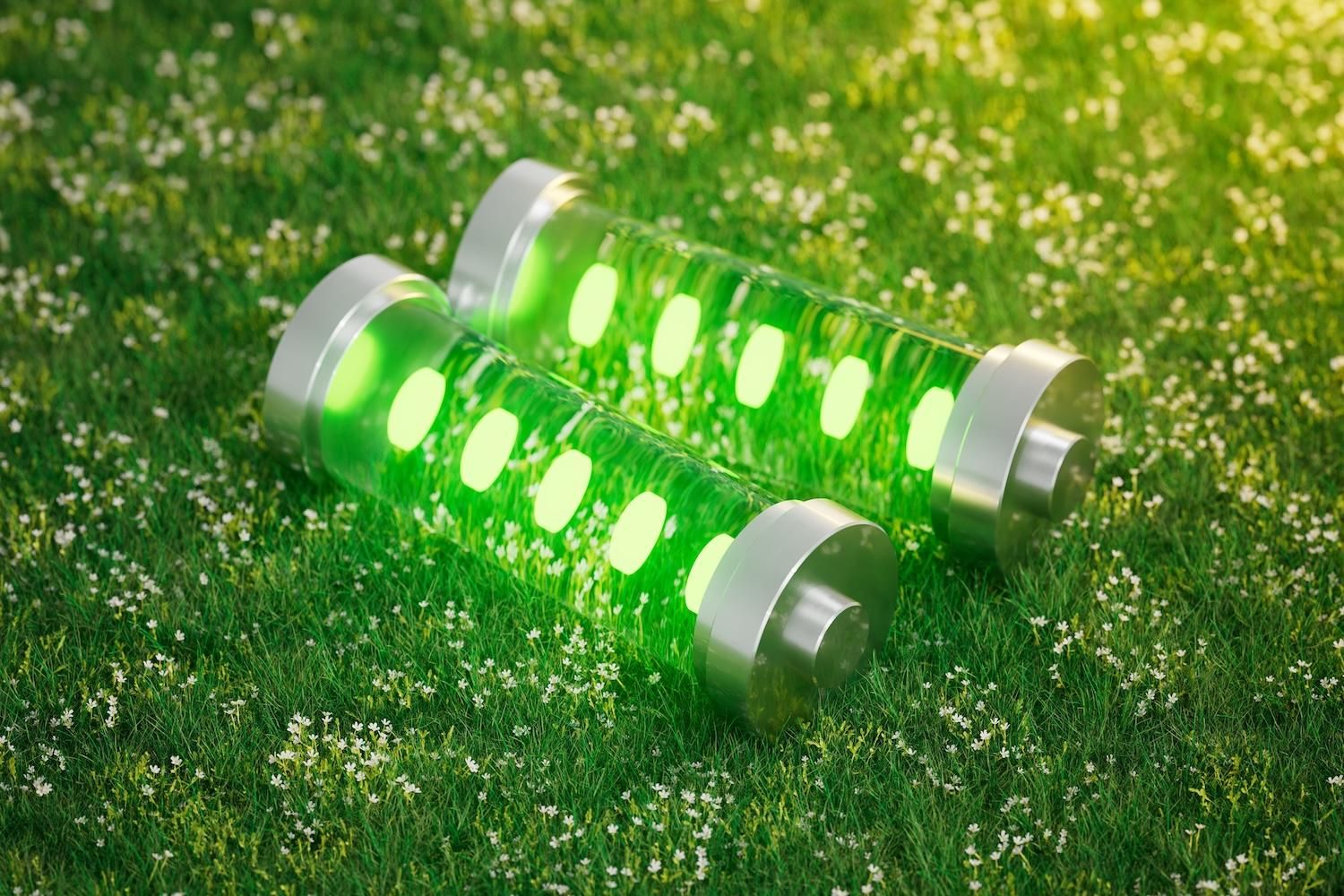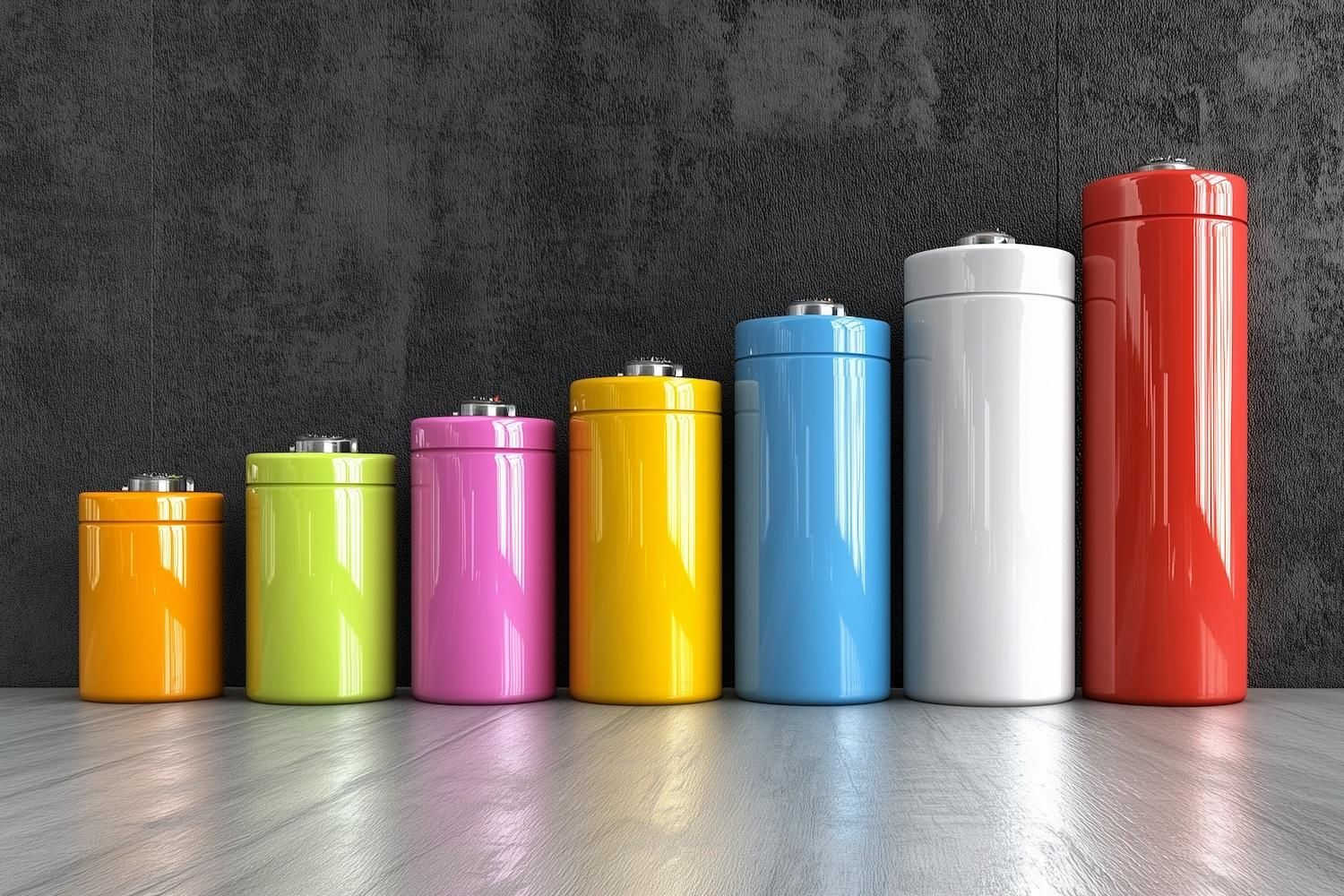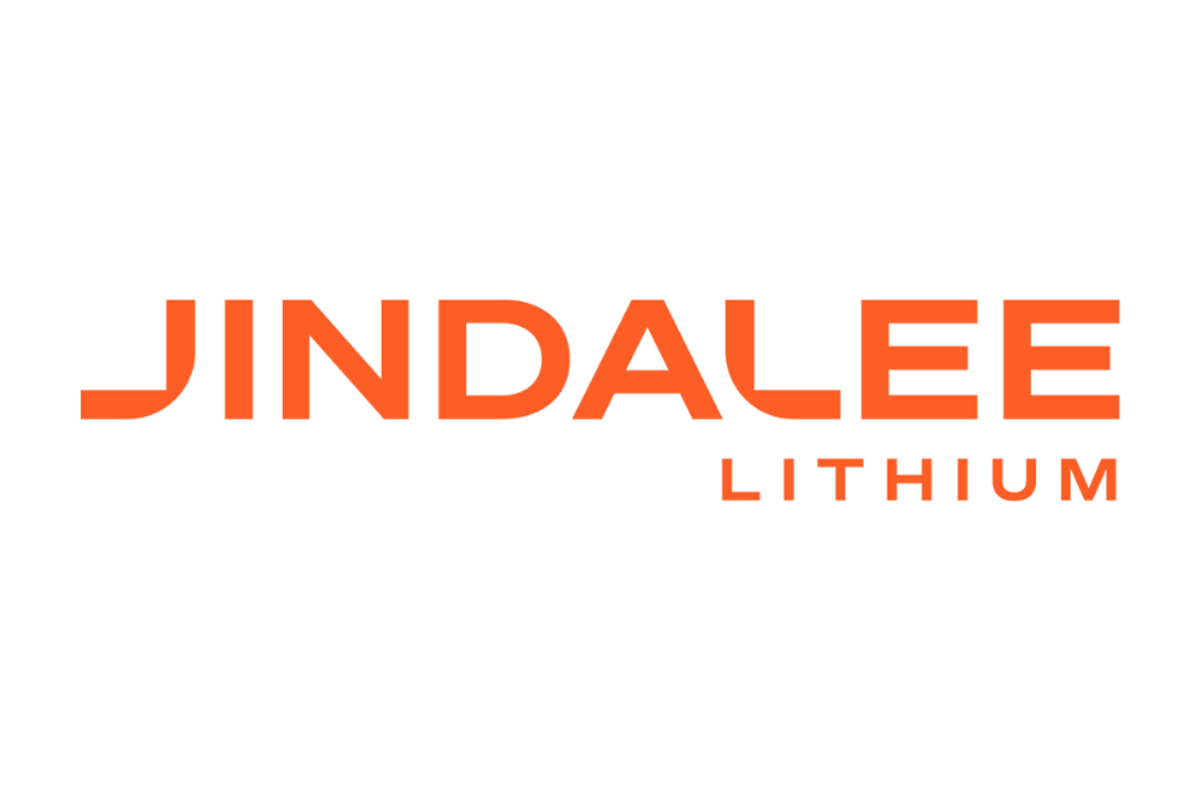
July 30, 2024
Jindalee Lithium Limited (Jindalee, the Company) is pleased to announce that battery-grade lithium carbonate has been successfully produced from ore from the McDermitt Lithium Project (the Project) (Figure 1). This marks an important milestone, with all steps of the processing flowsheet for the Project from ore beneficiation and leaching to purification and production of battery-grade lithium carbonate now validated (Figure 2).
HIGHLIGHTS:
- First production of Battery-Grade Lithium Carbonate (>99.5%) from test work completed at Hazen Research Inc. in collaboration with Fluor - lead engineer for the PFS underway at the McDermitt Lithium Project
- Production of Battery-Grade Lithium Carbonate marks a major milestone with all steps of the McDermitt flowsheet now validated
- Flowsheet for McDermitt is very similar to Lithium Americas’ Thacker Pass Project currently under construction 30km to the south of McDermitt
- Results will support the PFS, due for release in Q4 CY 2024
These findings, together with other recently identified value optimisation opportunities, will be incorporated in the Pre-Feasibility Study (PFS) currently underway and due for completion Q4 2024.
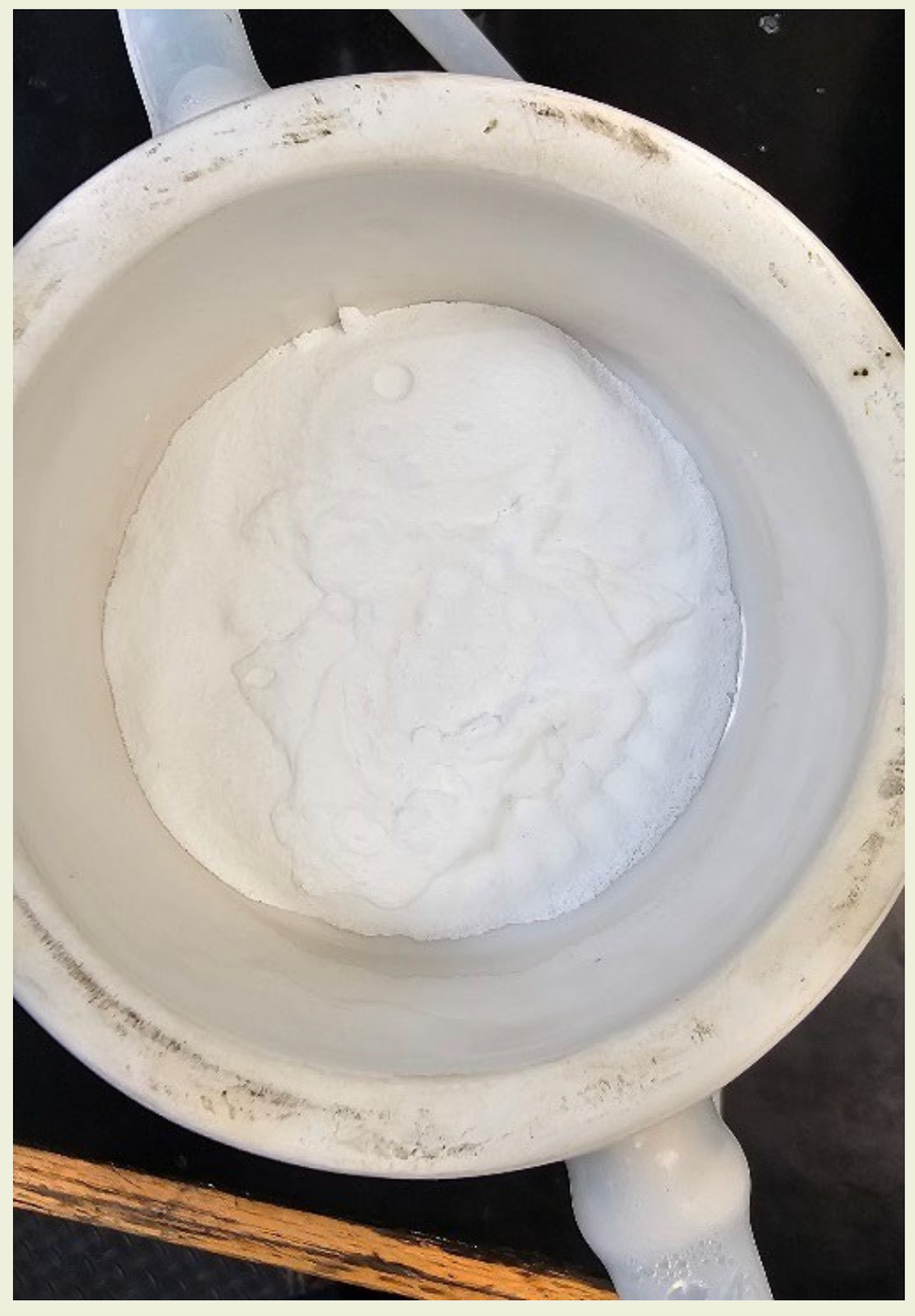
Jindalee’s CEO Ian Rodger commented:
"The successful production of battery-grade lithium carbonate from McDermitt ore is a major milestone for Jindalee. This achievement substantially de-risks our processing flowsheet and demonstrates the potential for McDermitt to supply high-quality lithium chemicals to the expanding US battery value chain.
We have been greatly encouraged by the exceptional results we have achieved since commencing the PFS metallurgical test work program with Fluor and Hazen in mid-2023 and anticipate that these results will meaningfully support the outcomes of the McDermitt Lithium Project PFS which is now due for release in Q4 CY 2024.”
Discussion
After investigating various alternatives, in March 2023 acid leaching with beneficiation (see Figure 2) was selected as the preferred flowsheet for the Project2. This decision followed a review of prior test work and high-level benchmarking of five comparator lithium projects by the global engineering, procurement, construction and maintenance company Fluor Corporation (Fluor), which indicated that acid leaching with beneficiation was expected to produce the best economic outcome for the Project. The resultant McDermitt flowsheet (Figure 2) is very similar to that utilised and extensively validated by Lithium Americas Corporation (TSX: LAC) at its Thacker Pass project, which is currently under construction and is also located in the McDermitt Caldera (~30km south of the McDermitt Lithium Project).
Fluor was subsequently appointed as lead engineer for the McDermitt PFS in June 20233, including managing an extensive bench scale metallurgical test work program at Hazen Research Inc. in Colorado, USA, aimed at validating the preferred flowsheet and providing data to inform the PFS (PFS Test Work). To date Jindalee has announced exceptional results from the McDermitt PFS Test Work including results from beneficiation test work in November 20234 and acid leaching in January 20245. Respective highlights include:
- Beneficiation: Beneficiation of a composite sample of McDermitt ore using attrition scrubbing (250μm cut-size), recorded 92.0% Li recovery with 25.3% mass rejection, demonstrating the excellent potential to remove acid consuming material and increase the Lithium grade of leach feed4.
- Acid Leaching: Excellent lithium (Li) extraction rates were achieved from sulphuric acid leaching of beneficiated McDermitt ore. Li extraction from composite samples averaged 93% (250μm) and 94% (75μm) using 500kg sulphuric acid per tonne of leach feed5.
Subsequent to the acid leaching test work described above, an additional 300 kg composite sample (250 µm, comprising Units 4, 6, 8, and 10) was leached, yielding lithium in solution (leachate) for downstream test work (post-leach process steps – see Figure 2). The purification of the lithium-rich solution was successfully completed, resulting in the first production of battery-grade lithium carbonate, assaying 99.8% Li₂CO₃ with acceptable levels of deleterious elements in accordance with a typical third-party contract specification. This achievement significantly de-risks the Project by demonstrating the effectiveness of all process steps of the flowsheet at bench scale. Reaching this milestone provides strong validation of the flowsheet developed for McDermitt.
This article includes content from Jindalee Lithium, licensed for the purpose of publishing on Investing News Australia. This article does not constitute financial product advice. It is your responsibility to perform proper due diligence before acting upon any information provided here. Please refer to our full disclaimer here.
JLL:AU

Sign up to get your FREE
Jindalee Lithium Investor Kit
and hear about exciting investment opportunities.
- Corporate info
- Insights
- Growth strategies
- Upcoming projects
GET YOUR FREE INVESTOR KIT
The Conversation (0)
16 April
Jindalee Lithium
Game-changing, economically significant lithium resource for North American battery supply chain
Game-changing, economically significant lithium resource for North American battery supply chain Keep Reading...
11 December
US Government Approves Major Drilling Program at McDermitt
Jindalee Lithium (JLL:AU) has announced US Government Approves Major Drilling Program at McDermittDownload the PDF here. Keep Reading...
08 December
Trading Halt
Jindalee Lithium (JLL:AU) has announced Trading HaltDownload the PDF here. Keep Reading...
03 December
McDermitt Drilling and US Listing Update
Jindalee Lithium Limited (Jindalee, or the Company; ASX: JLL, OTCQX: JNDAF) is pleased to report significant progress on two fronts: the successful completion of the 2025 drilling program at the McDermitt Lithium Project and continued advancement of plans to list McDermitt on a US national... Keep Reading...
27 November
Oversubscribed Share Purchase Plan Raises $1.5 Million
Further to its announcement on 20 October 20251, Jindalee Lithium Limited (ASX: JLL, OTCQX: JNDAF) (Company) is pleased to advise the results of its Share Purchase Plan (SPP). The SPP closed for applications on 20 November 2025, and the Company has today completed the allocation and issuance of... Keep Reading...
04 November
Drilling Underway at McDermitt Lithium Project
Jindalee Lithium (JLL:AU) has announced Drilling Underway at McDermitt Lithium ProjectDownload the PDF here. Keep Reading...
11 December
Mining the Gap: 5 Forces Shaping North America’s Lithium Supply Chain
A convergence of industry investments, government initiatives and a shifting global trade dynamic is creating an environment ripe for the development of a North American battery supply chain, with lithium playing a leading role. These trends are reshaping the region’s industrial base and opening... Keep Reading...
10 December
Rock Bottom: Strategic Window for Ground-level Lithium Investment
When lithium prices hit bottom, savvy investors know that’s exactly where the next big discovery begins — literally. Beneath the surface of global markets and remote exploration grounds, new opportunities are forming in the wake of a sharp price reset and renewed geopolitical urgency.Recent... Keep Reading...
10 December
Liontown Resources Pens Lithium Offtake Agreement with China's Canmax
Liontown Resources (ASX:LTR,OTC Pink:LINRF) has executed a binding offtake agreement with Chinese conglomerate Canmax Technologies (SZSE:300390) as part of its strategy to diversify its customer base.“Listed on the Shenzhen Stock Exchange, Canmax is one of the world’s leading manufacturers of... Keep Reading...
05 December
Livium Receives A$663k in RsD Tax Incentive Rebates for VSPC
Livium Ltd (ASX: LIT) (“Livium” or the “Company”) advises that it has received A$663,000 in research and development ("R&D") tax incentive rebates from the Australian Tax Office for the 2025 financial year ("FY25"), relating to its wholly owned subsidiary VSPC Pty Limited ("VSPC"). The rebate... Keep Reading...
01 December
Why SQM Says Social Dialogue is Key to Sustainable Lithium
As scrutiny continues to intensify across the battery metals supply chain, the conversation around sustainability has moved far beyond carbon footprints. At this year’s Benchmark Week, Stefan Debruyne, director of external affairs at Sociedad Quimica y Minera de Chile (SQM) (NYSE:SQM), made that... Keep Reading...
27 November
Battery Storage Market Surging as Electricity Demand Enters New Era
Speaking at Benchmark Week, Iola Hughes, head of battery research at Benchmark Mineral Intelligence, outlined a market that is undergoing “very strong growth" and becoming indispensable to energy security.Hughes described energy storage as the fastest-growing segment in the battery sector today.... Keep Reading...
Latest News

Sign up to get your FREE
Jindalee Lithium Investor Kit
and hear about exciting investment opportunities.
- Corporate info
- Insights
- Growth strategies
- Upcoming projects
GET YOUR FREE INVESTOR KIT
Latest Press Releases
Related News
TOP STOCKS
American Battery4.030.24
Aion Therapeutic0.10-0.01
Cybin Corp2.140.00
